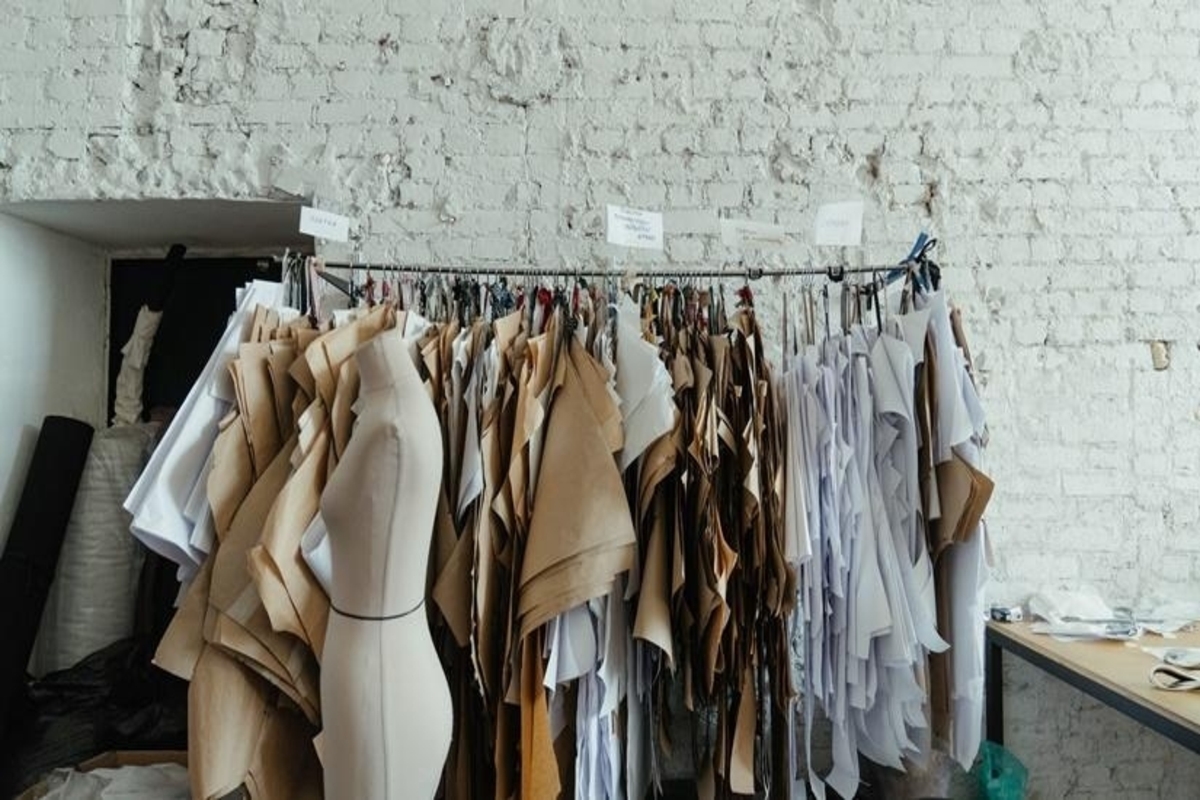Madhur Bhandarkar to be honoured at NYIFF 2025 with ‘Fashion’ screening
'Fashion' (2008) explores the dark realities behind the glamour of the fashion industry, following an aspiring model's journey through ambition, success, and downfall.
Since the availability and accessibility of ready-made brands were limited, most people wore personalised apparel in the past. Because of its high cost and limited use, ready-made clothing was considered posh. People welcomed premade clothing enthusiastically, as time passed, owing to its inexpensive and readily available nature.

(Representational photo: IANSLIFE)
There has been a significant shift in the customers’ fashion choices and they now prefer apparel that offers the right blend of traditional and contemporary styles. This has prompted retailers and designers to adapt their business models to accommodate this demand. Both demographic and psychographic transformation is causing a noticeable shift in fit preference and product uniqueness in the Indian apparel industry. This was previously deeply rooted in the vastness and richness of Indian culture.
Since the availability and accessibility of ready-made brands were limited, most people wore personalised apparel in the past. Because of its high cost and limited use, ready-made clothing was considered posh. People welcomed premade clothing enthusiastically, as time passed, owing to its inexpensive and readily available nature. The demand shifted towards prefabricated apparel as the industry gained traction and began to take advantage of economies of scale. However, while ready-made apparel was famous for its convenience, custom fitting emerged at the forefront with its promise of choice, flexibility and better fit.
Advertisement
The shift from ready-made to customised clothing
Advertisement
This dramatic transition in consumer preference and demand for ready-to-wear clothing was not a chance event. The move was gradual and was largely driven by prefabricated industry players’ sweeping changes in business plans, which then directly appealed to buyers. This included expanding the range of products available, lowering prices, and speeding up the garment production process. The raw materials were gathered from local regions, and the clothing was stitched in a mass-producing factory unit to bring about this change.
The personalised apparel sector, on the other hand, has made a noteworthy recovery in recent years. Prices of ready-to-wear apparel, particularly designer ones, have risen considerably over the last decade. Yet consumer demand and necessities for multiple choices have stayed consistent. As a result, in today’s world of fashionistas, an increasing number of people are looking for affordable ways to obtain their desired designs and fits. This explains why people are now gravitating towards personalised clothing.
The climate conscious sustainable option
We are seeing the rise of custom fashion style models employing extremely effective and sustainable ways of production as purchasers become more aware of the effects of fast fashion. The popularity and availability of customisation, especially in sustainable fashion, among purchasers grew as a result of the scarcity of affordable readymade brands. It surpassed the value of the customisation clothing sector, making it a luxury commodity only available to ultra-professionals. However, it is now becoming a preferred choice for people of different stratas.
Because each piece of clothing is made to order, there is a huge reduction in material or fabric waste and energy consumption. Custom clothing offers buyers the satisfaction of knowing that they own apparel that is completely unique to their style and personality, as opposed to ready-made brands.
A zero waste model
Wrong sizing is one of the most common reasons for online garment returns. Producing clothing based on consumers’ body measurements is beneficial to both customers and the environment. We all have different body shapes and sizes, and finding items that fit properly and fulfil our style requirements can be tough at times. Custom clothing steps in as a viable solution to this problem as customers will be able to create (3D/AR/MR) and order garments that they will love and wear for a long time. This business strategy allows for the creation of only what is required, consuming no further resources. In this way, custom-fit addresses two major problems in the garment industry: overproduction and waste.
Over the previous few decades, the clothing and fashion environment has been constantly shifting. The industry has evolved from a focus on customised apparel to readymade fittings taking their place, with bespoke clothing gradually reclaiming the throne and striving to maintain it. The fashion trends and client preferences that have dominated the businesses have changed throughout time and are primarily responsible for the industry’s many dynamic shifts. Based on current trends, the industry is rapidly moving toward bespoke clothes, and this tendency is projected to continue for the foreseeable future. Hence it would be appropriate to say that custom-fit clothing is, without a doubt, the future of fashion.
Advertisement